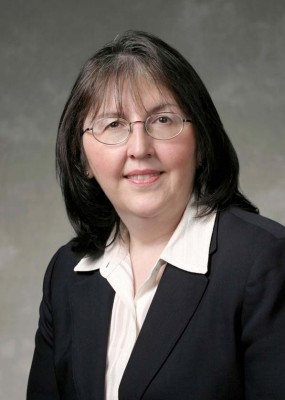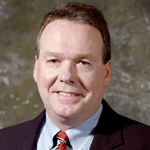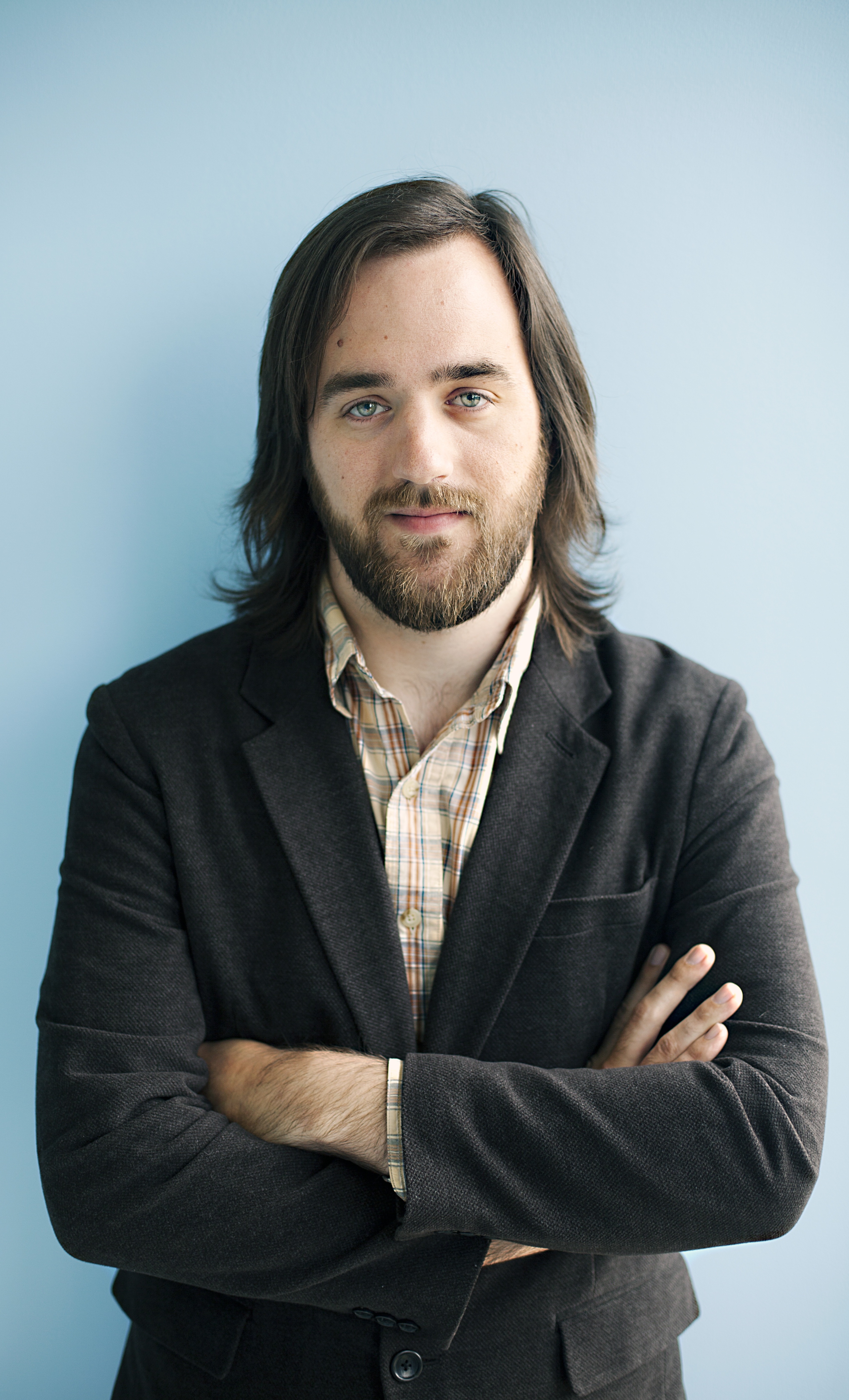
HR INSIGHT: “Providing career opportunities is the best way to retain talented people.”
Neriman Botas has worked in the pharmaceutical industry for nearly 30 years. The experience, in domestic and international offices, has given her a unique insight into high-functioning health care HR. In her current role as senior vice president of human resources at Eisai Inc., Botas has empowered a cohesive team she trusts to carry out business with high levels of autonomy. Their goal? To relate every solution to Eisai’s intense focus on patient care.
Botas came to Eisai, the US subsidiary of Tokyo’s Eisai Co., Ltd., in 2004. She says her team—made up of HR business partners and specialty groups who oversee compensation and benefits, organizational development, and recruiting—views itself as a true partner to Eisai. “We all work to move forward the overall mission of our company, which is to enhance human health care,” she says. The purpose-driven mission permeates Eisai’s global divisions, becoming a foundation that anchors all company employees and informs all internal decisions.
Since she serves a health-care company, Botas includes a humanitarian facet in all she does. “We get close to patients because by understanding what they go through we learn how we can best serve them,” she explains. Botas has worked to make sure this vision is carefully communicated at all levels, beginning with hiring. The message is a repeated theme in employee orientations and performance appraisals, but it’s most effectively shared by encouraging employees to spend a portion of their time learning about or volunteering with patients or caregivers. “We want each employee to get close to patients,” Botas says.
For example, Magnolia Meals at Home, a partnership between the Eisai Women’s Oncology Program–Magnolia, CancerCare, Cancer Support Community and the Meals On Wheels Association of America, offers Eisai employees the opportunity to personally deliver meals to families affected by breast cancer. Botas also volunteers with the American Cancer Society giving rides to patients who lack transportation to and from medical appointments.
For Botas and her colleagues, a chance to volunteer brings a true appreciation for what their customers experience every day. “From an HR perspective, it provides a higher purpose in the workplace and helps all of us realize that our jobs are about more than earning a paycheck,” she says. Eisai’s work touches the lives of human beings, and they come to depend on the company and its employees.
By allowing employees to spend time learning about the realities that patients or caregivers face, or volunteering with patients or caregivers directly, Botas and Eisai executives are establishing a culture of engagement—one that helps motivate the workforce. Botas, herself a strong believer in employee-engagement surveys, says that buy-in is critical to successful HR. Survey results have reflected the positive impact that engaging in human health care-related activities has on employees. In fact, engagement numbers higher than 70 percent have impressed third-party companies hired to administer the surveys. Employees who can contribute to the betterment of society, Botas says, perform at higher levels.
The customer-focused HR team at Eisai also values its internal people. “We have strong development initiatives and talent-management aspects, because providing career opportunities is the best way to retain talented people,” Botas says. She looks for HR workers with the right combination of industry expertise, business acumen, and leadership skills. Those traits help each teammate stand out and serve as role models within the organization.
Unfortunately, the realities of health care can introduce obstacles. For companies like Eisai, business cycles are tied to patent-life on tent-pole products that have long research and development cycles. Eisai’s first product launched domestically in 1997 and, along with a counterpart, topped $1 billion in revenue. Products can be wildly successful—until those products hit the generic market. That happened to Eisai’s top product in 2011 and will occur again in late 2013. Thus, Eisai experienced wide-scale restructuring in 2011, reducing its US workforce by about 20 percent. Botas calls the episode “traumatic,” but credits her HR staff with helping management and employees through the difficult period. “We treated people with respect and established a set of operating principles to ensure transparency,” she says. A year later, her team conducted another engagement survey expecting low results but found they were back on track with a score of 73 percent favorable.
Those numbers shouldn’t be too surprising. Botas says the success comes from a CEO and an organization that truly lives out their mission and their values. “We are truly accountable to ourselves and to one another,” she says. “That makes all the difference.”















